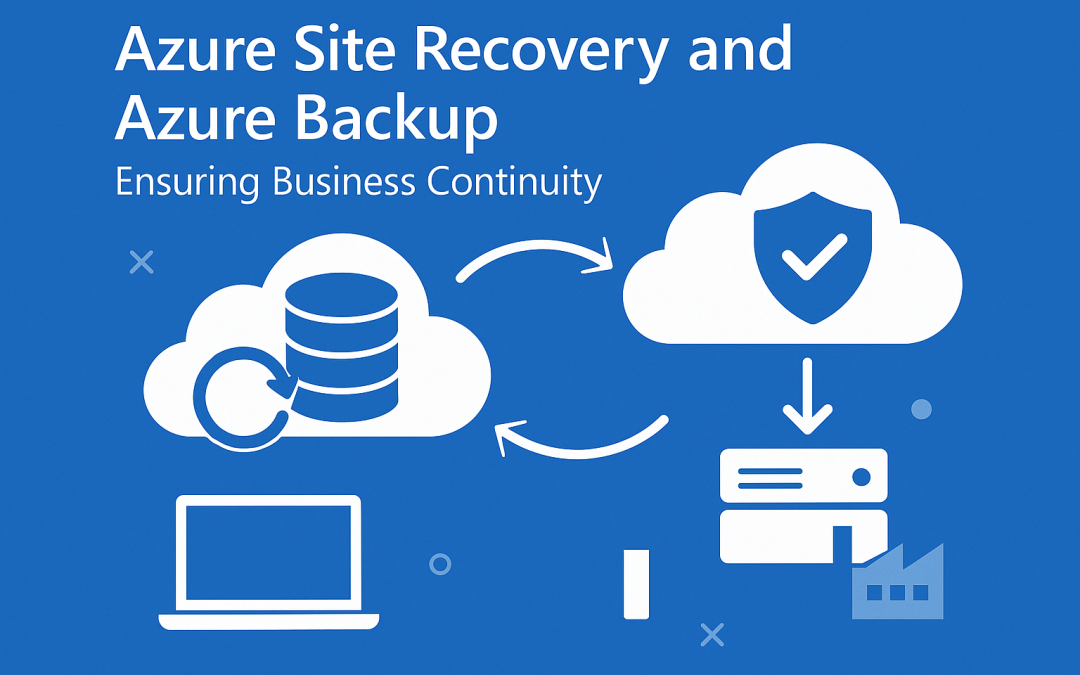
In the digital age, where content is king, the efficient management and distribution of this content have become critical for businesses and organizations. This is where Content Delivery Management (CDM) comes into play. CDM is a comprehensive approach to ensuring that digital content is delivered to users quickly, efficiently, and in a manner that enhances the user experience. In this blog, we’ll delve into what CDM is, how it works, and why it’s essential in today’s digital landscape.
What is Content Delivery Management (CDM)?
Content Delivery Management (CDM) is the process of organizing, managing, and delivering digital content—such as text, images, videos, and applications—across various platforms and devices. The primary goal of CDM is to ensure that content is available to end-users in the most efficient way possible, minimizing latency and maximizing performance.
CDM is often associated with Content Delivery Networks (CDNs), but it is broader than that. While CDNs are a key component, CDM encompasses a wider range of strategies and technologies aimed at optimizing content delivery from the source to the end user.
How CDM Works
CDM operates through a combination of technologies, processes, and strategies that work together to deliver content effectively. Here’s a breakdown of how it works:
- Content Creation and Storage:
- Content Creation: This is the first step in the content lifecycle, where digital assets are created. This could involve writing articles, producing videos, designing graphics, or developing software applications.
- Storage: Once created, content needs to be stored in a way that makes it easy to access and distribute. This involves using databases, cloud storage, or other digital repositories that can handle large amounts of data securely and efficiently.
- Content Optimization:
- Compression and Format Conversion: To ensure that content loads quickly and efficiently, it’s often necessary to optimize files. This might include compressing images, converting videos to more efficient formats, or optimizing code for faster execution.
- Responsive Design: Content must be adaptable to different devices and screen sizes. This means ensuring that web pages, videos, and images look good and function well whether they’re being accessed on a smartphone, tablet, or desktop.
- Content Delivery Networks (CDNs):
- Geographical Distribution: CDNs are a core component of CDM, involving a network of servers distributed across various locations worldwide. When a user requests content, the CDN delivers it from the server closest to the user, reducing latency and speeding up load times.
- Caching: CDNs use caching techniques to store copies of content closer to users. When content is requested, the CDN can deliver it from the cache rather than the origin server, further reducing load times.
- Load Balancing:
- Traffic Distribution: Load balancing ensures that no single server is overwhelmed by traffic. By distributing user requests across multiple servers, CDM ensures that content delivery is smooth and uninterrupted, even during peak traffic times.
- Failover Support: If one server fails, load balancing can automatically reroute traffic to another server, ensuring continuous availability of content.
- Security Measures:
- Encryption: Protecting content during delivery is crucial, especially for sensitive data. CDM employs encryption protocols (like HTTPS) to secure content in transit.
- Access Control: Ensuring that only authorized users can access certain content is another important aspect of CDM. This might involve user authentication, IP restrictions, or digital rights management (DRM).
- Monitoring and Analytics:
- Performance Monitoring: CDM systems continuously monitor the performance of content delivery, tracking metrics such as load times, latency, and error rates. This allows for real-time adjustments and optimizations.
- User Analytics: Understanding how users interact with content is key to improving delivery strategies. CDM collects data on user behavior, which can be analyzed to refine content strategies and enhance user experience.
- Scalability:
- Elastic Infrastructure: As content demands grow, CDM systems need to scale accordingly. This could involve adding more servers, increasing bandwidth, or optimizing storage solutions to handle larger volumes of content and more simultaneous users.
Why CDM is Essential
In today’s fast-paced digital world, users expect content to be available instantly, regardless of their location or the device they’re using. CDM ensures that these expectations are met by delivering content in a reliable, efficient, and secure manner. Here are some key reasons why CDM is essential:
- Enhanced User Experience: By reducing load times and ensuring smooth delivery, CDM significantly improves the user experience, leading to higher engagement and satisfaction.
- Global Reach: With CDM, businesses can deliver content to users anywhere in the world with minimal latency, enabling a truly global presence.
- Cost Efficiency: By optimizing content delivery and using CDNs, CDM reduces the need for expensive infrastructure investments, making it a cost-effective solution for businesses of all sizes.
- Security: CDM provides robust security features to protect content and ensure that it reaches only the intended audience.
Conclusion
Content Delivery Management is a critical component of any digital strategy, enabling businesses to deliver content quickly, efficiently, and securely to users around the globe. By leveraging technologies like CDNs, load balancing, and encryption, CDM ensures that content is always available, regardless of demand or location. As the digital landscape continues to evolve, the importance of effective CDM will only grow, making it a key focus for businesses looking to succeed in the digital age.
Content Delivery Management (CDM) and How It Works (F.A.Q)
What is Content Delivery Management (CDM)?
CDM is the process of organizing, optimizing, and delivering digital content efficiently across various platforms and devices. It ensures that content is quickly accessible to users, enhancing their overall experience.
How does CDM improve website performance?
CDM improves website performance by utilizing technologies like Content Delivery Networks (CDNs), which deliver content from servers closest to the user, reducing load times and minimizing latency.
What role do CDNs play in CDM?
CDNs are a key component of CDM, distributing content across a network of servers worldwide. This ensures faster content delivery by serving data from locations closest to the user, improving speed and reliability.



